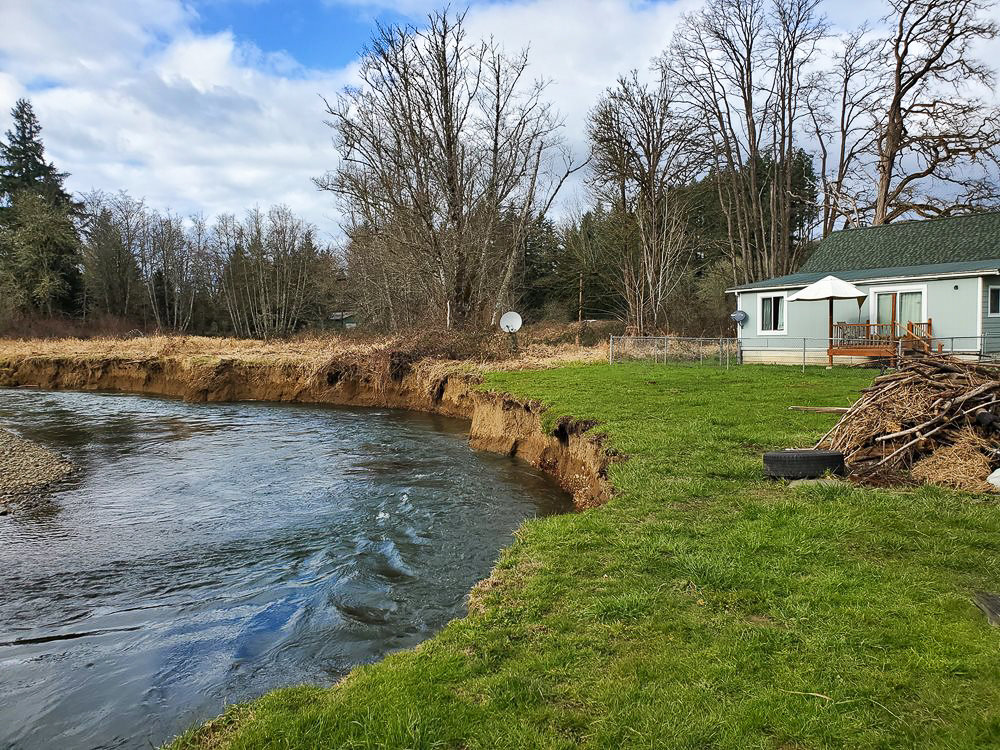
Rivers Unveiled: Navigating the Hazards and Dangers of Earth’s Liquid Veins
Rivers, though majestic and awe-inspiring, harbor a dynamic and potentially perilous side that demands respect and caution. In this exploration, we delve into the dangerous aspects of rivers, unveiling the hazards that lurk beneath their serene surfaces. From powerful currents and swift undertows to flash floods and unpredictable terrain, understanding the risks associated with rivers is crucial for ensuring both safety and environmental stewardship.
1. The Deceptive Calm: Unpredictable Currents and Undercurrents
One of the most perilous aspects of rivers lies in their seemingly calm exteriors that belie the powerful currents coursing beneath. Swimmers and boaters can be deceived by tranquil waters, unaware of the strong undercurrents that can swiftly drag them downstream. The secret danger here is the unpredictable nature of these currents, capable of catching even the most experienced water enthusiasts off guard.
Whispers of Danger: The Treacherous Undercurrent
Water safety experts stress the importance of recognizing the whispers of danger in seemingly calm waters. Education on river currents, respecting warning signs, and using proper safety equipment are crucial in navigating the potential hazards hidden beneath the surface.
2. Flash Flood Furies: Nature’s Unpredictable Onslaught
Rivers are prone to sudden and intense floods, especially in regions with variable weather patterns or mountainous terrain. The secret danger lies in the rapid rise of water levels during heavy rainfall, catching unsuspecting individuals off guard. Flash floods can turn a serene riverbank into a raging torrent within minutes, posing significant risks to those in or near the water.
Whirlwind of Chaos: Navigating Flash Flood Preparedness
Understanding the potential for flash floods involves recognizing the whispers of danger in changing weather conditions. Communities and authorities play a crucial role in implementing early warning systems and evacuation plans to mitigate the risks associated with these sudden and powerful inundations.
3. Uncharted Waters: Hidden Hazards and Submerged Obstacles
Beneath the surface of rivers lies a complex terrain that may conceal submerged hazards, making navigation treacherous. Rocks, logs, and other debris create hidden dangers for swimmers and boaters. The secret danger here is the unpredictable nature of these submerged obstacles, posing a threat to watercraft and individuals alike.
Charting a Safe Course: River Navigation Awareness
Boaters and paddlers must heed the whispers of potential hazards by staying informed about the river’s depth, submerged structures, and any navigational challenges. Proper equipment, such as life jackets and helmets, is essential for minimizing the risks associated with navigating uncharted waters.
4. Erosion’s Stealthy Etreachery: Changing Riverbanks and Shorelines
Over time, rivers shape their landscapes through erosion, altering riverbanks and shorelines. While this natural process is essential for the ecosystem, it poses dangers to those living near the water’s edge. The secret danger lies in the gradual erosion of land, potentially leading to landslides, collapsing riverbanks, and the loss of property.
Guardians of the Waterside: Erosion Mitigation and Stewardship
Communities along riverbanks must listen to the whispers of erosion and take proactive measures to mitigate risks. Planting native vegetation, implementing erosion control measures, and adhering to sustainable land-use practices contribute to the long-term health of riverside ecosystems.
5. The Murky Depths: Water Quality and Hidden Threats
Beyond the visible surface, the quality of river water can conceal hidden dangers. Pollution, contaminants, and harmful bacteria may compromise the safety of water sources. The secret danger here is the potential for waterborne diseases, posing risks to both aquatic life and human health.
Whispers of Contamination: Safeguarding Water Quality
Environmental stewardship involves listening to the whispers of water quality concerns. Implementing pollution prevention measures, regular water testing and public awareness campaigns contribute to the protection of rivers and the safety of those who depend on them.
6. Human Impact: Overuse, Pollution, and Habitat Destruction
Human activities, when not carefully managed, can pose significant dangers to river ecosystems. Over-extraction of water, pollution from industrial and agricultural runoff, and habitat destruction threaten the delicate balance of river environments. The secret danger lies in the cumulative impact of these activities, jeopardizing the health of rivers and the services they provide.
Guardians of the Watershed: Sustainable River Practices
Becoming stewards of rivers involves acknowledging the whispers of human impact and adopting sustainable practices. Water conservation, responsible waste disposal, and habitat restoration initiatives contribute to maintaining the ecological health of rivers.
Conclusion: Navigating the Hazards with Respect and Preparedness
While rivers showcase nature’s grandeur and offer invaluable resources, their dangers must not be underestimated. The whispers of hazards hidden within their waters call for respect, caution, and proactive measures to ensure safety and environmental preservation. By understanding the potential risks, staying informed, and adopting responsible practices, communities, and individuals can navigate the dynamic and sometimes dangerous realms of Earth’s liquid veins with a heightened sense of awareness and appreciation for the rivers that shape our world.
